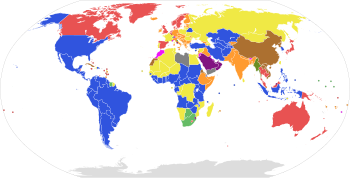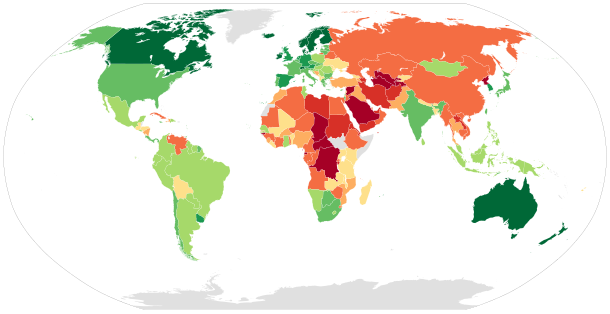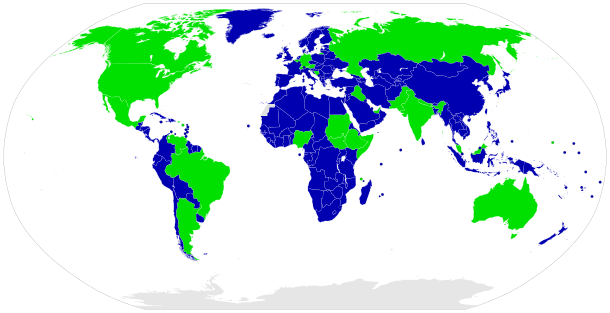Government
In the case of its broad associative definition, government normally consists of legislature, executive, and judiciary. Government is a means by which organizational policies are enforced, as well as a mechanism for determining policy. In many countries, the government has a kind of constitution, a statement of its governing principles and philosophy.
While all types of organizations have governance, the term government is often used more specifically to refer to the approximately 200 independent national governments and subsidiary organizations.
Historically prevalent forms of government include monarchy, aristocracy, timocracy, oligarchy, democracy, theocracy and tyranny. The main aspect of any philosophy of government is how political power is obtained, with the two main forms being electoral contest and hereditary succession.
The word government derives, ultimately, from the Greek verb κυβερνάω [kubernáo] (meaning to steer with gubernaculum (rudder), the metaphorical sense being attested in Plato's Ship of State).
The Columbia Encyclopedia defines government as "a system of social control under which the right to make laws, and the right to enforce them, is vested in a particular group in society".[1]
While all types of organizations have governance, the word government is often used more specifically to refer to the approximately 200 independent national governments on Earth, as well as their subsidiary organizations.[2]

|
2 Several states constitutionally deemed to be multiparty republics are broadly described by outsiders as authoritarian states. This map presents only the de jure form of government, and not the de facto degree of democracy.

| Full Democracies 9–10 8–9 | Flawed Democracies 7–8 6–7 | Hybrid Regimes 5–6 4–5 | Authoritarian Regimes 3–4 2–3 0–2 |

